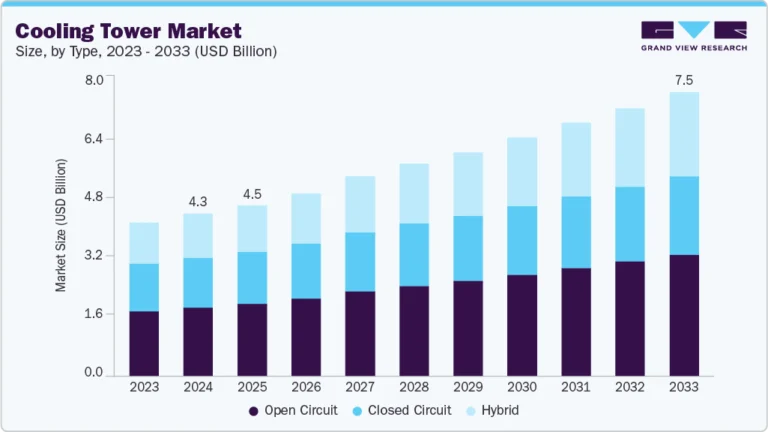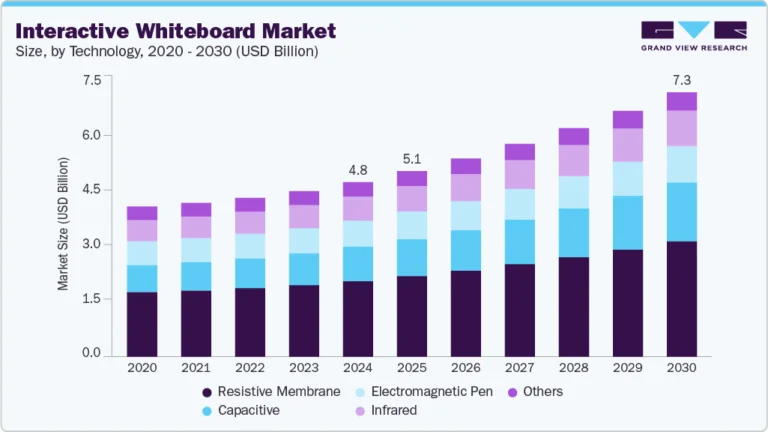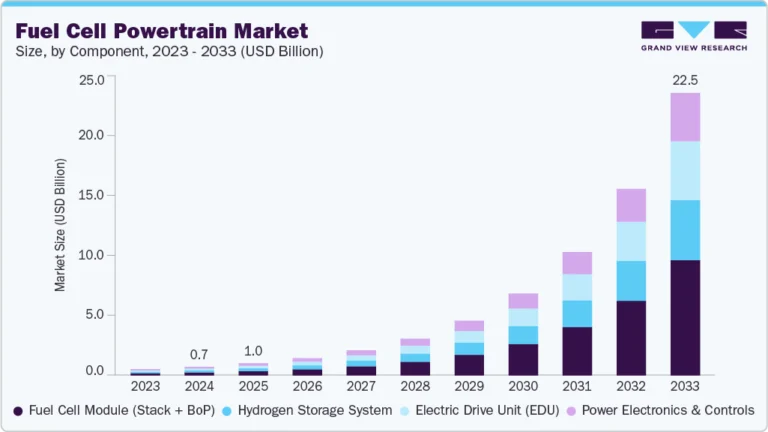Cyber-physical Systems Market Size, Share, & Trends Analysis growing at a CAGR of 13.7% from 2025 to 2030

The global cyber-physical systems market size was estimated at USD 118.20 billion in 2024 and is anticipated to grow at a CAGR of 13.7% from 2025 to 2030 The growing adoption of Industry 4.0 is driving the CPS market.
Key Highlights:
- North America held the major share of over 34.0% of the cyber-physical systems industry in 2024
- The cyber-physical systems (CPS) market in the U.S. is projected to grow during the forecast period
- By Component, the hardware segment accounted for the largest market share of over 41.0% in 2024
- By type, the closed-loop segment dominated the market and accounted for a revenue share of over 69.0% in 2024
- By security, the Internet of Things (IoT) security segment dominated the market and accounted for a revenue share of over 31.0% in 2024 in the cyber-physical systems industry
Request a free sample copy or view report summary: https://www.grandviewresearch.com/industry-analysis/cyber-physical-systems-market-report/request/rs1
As manufacturing and industrial sectors increasingly embrace automation, data exchange, and smart technologies, Cyber-physical systems (CPS) plays a central role in enabling real-time coordination between physical equipment and digital systems. These systems integrate sensors, embedded software, and networking capabilities to monitor and control physical processes with a high degree of accuracy and autonomy.
The demand for smart factories, predictive maintenance, and autonomous production lines significantly boosts the deployment of CPS across industrial landscapes. The rise of smart infrastructure and smart city initiatives around the world is driving the CPS market. Governments and municipalities invest in connected systems to enhance urban mobility, energy management, water distribution, and public safety. Cyber-physical systems enable this interconnectivity by linking digital intelligence with the physical infrastructure. For example, CPS can help optimize traffic flow, detect energy wastage in real-time, or automate emergency response systems, improving operational efficiency and quality of life in urban settings.
The increasing importance of precision and automation in sectors like healthcare and agriculture also fuels the CPS market growth. In healthcare, CPS enables advanced medical devices such as robotic surgery systems, smart prosthetics, and remote patient monitoring tools that require high accuracy and seamless software and hardware integration. In agriculture, CPS supports precision farming through sensor-based soil monitoring, automated irrigation systems, and drone-assisted crop management. These capabilities help reduce waste, improve resource utilization, and increase overall productivity, prompting further investment in CPS solutions.






